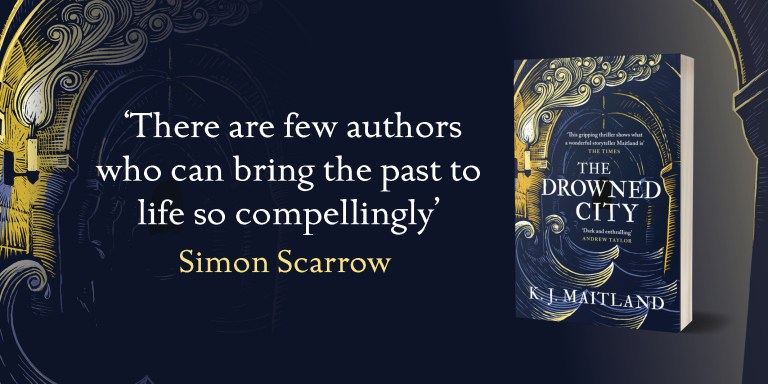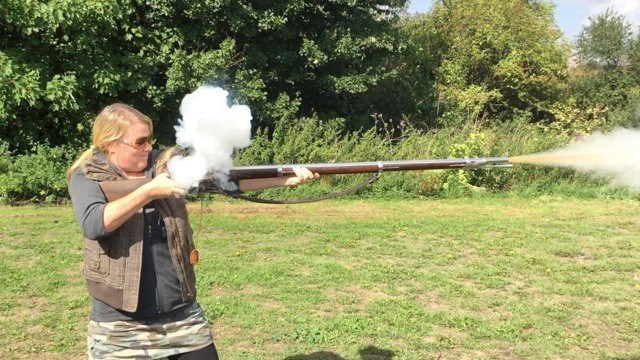Gunpowder, treason and plot by Tracy Borman

Tracy Borman reveals the long process behind her move into historical fiction…
The publication of my debut novel, The King’s Witch, this June marks the realisation of a long-cherished ambition. I read historical fiction all the time and have often dreamed of penning a novel myself, then a chance meeting at Harrogate History Festival a few years ago made that a reality. Hodder’s Nick Sayers, one of the best fiction editors in the business, happened to be there with another author and we got chatting about the relative virtues of fiction and non-fiction. Nick asked if I’d ever considered writing a novel, and that really got me thinking.
On the journey home, I began to jot down some ideas. Although I was hard at work on another non fiction book at the time, I gradually developed a concept for a novel based on the fascinating – and at times disturbing – research that I had recently carried out for my book Witches: James I and the English Witch Hunts. It was batted to and fro between my agent Julian Alexander and I for a couple of years, until it was eventually in a fit state to show Nick. I was overjoyed (and not a little apprehensive!) when, after a few more conversations and a lot of redrafting, he agreed to take it on.
It took another couple of years to craft the story into the finished novel that has just been published, and I learned a huge amount along the way. Although it is still history, writing a novel is a very different discipline to non-fiction. I had to learn to ‘show not tell’, to interweave period details into dialogue, rather than writing them verbatim as I would in a non-fiction account. Given that so much of my heroine Frances Gorges’s history is unknown to us, I also had to employ a great deal of imagination – and straying from the facts is not something that comes naturally to a historian!
As well as my research into the witch hunts, I was lucky enough to spend a lot of time in the places where the narrative unfolds. When I’m not writing books, I work as Joint Chief Curator for Historic Royal Palaces, the charity that looks after six iconic buildings. The jewel in the crown is the Tower of London, which is where Frances finds herself holed up on suspicion of witchcraft. Being able to gain access to one of the Tower’s most notorious cells, complete with centuries-old graffiti etched into the stones by despairing prisoners, was at once chilling and hugely inspiring.
The Tower also played an important role in the most dramatic event that I bring to life in the novel: the Gunpowder Plot. It was here that the plotters were brought for interrogation – and torture. Although the most famous of them is Guy Fawkes, it was Tom Wintour (my novel’s hero) who was more instrumental in this, the most audacious terror plot in history. He was brought to the Lieutenant’s Lodgings, the large timber-framed building on Tower Green. This is now the home of our resident Constable, and I was delighted to be given permission to explore it. Standing on the same floorboards as Tom and his fellow plotters as they faced the scrutiny of King James I’s interrogators was a real shivers-down-the-spine moment. I hope my readers will experience a similar thrill when they find out what happened next…
The Kings Witch by Tracy Borman is out now in hardback, ebook and audio.
Read an extract of the novel here.








